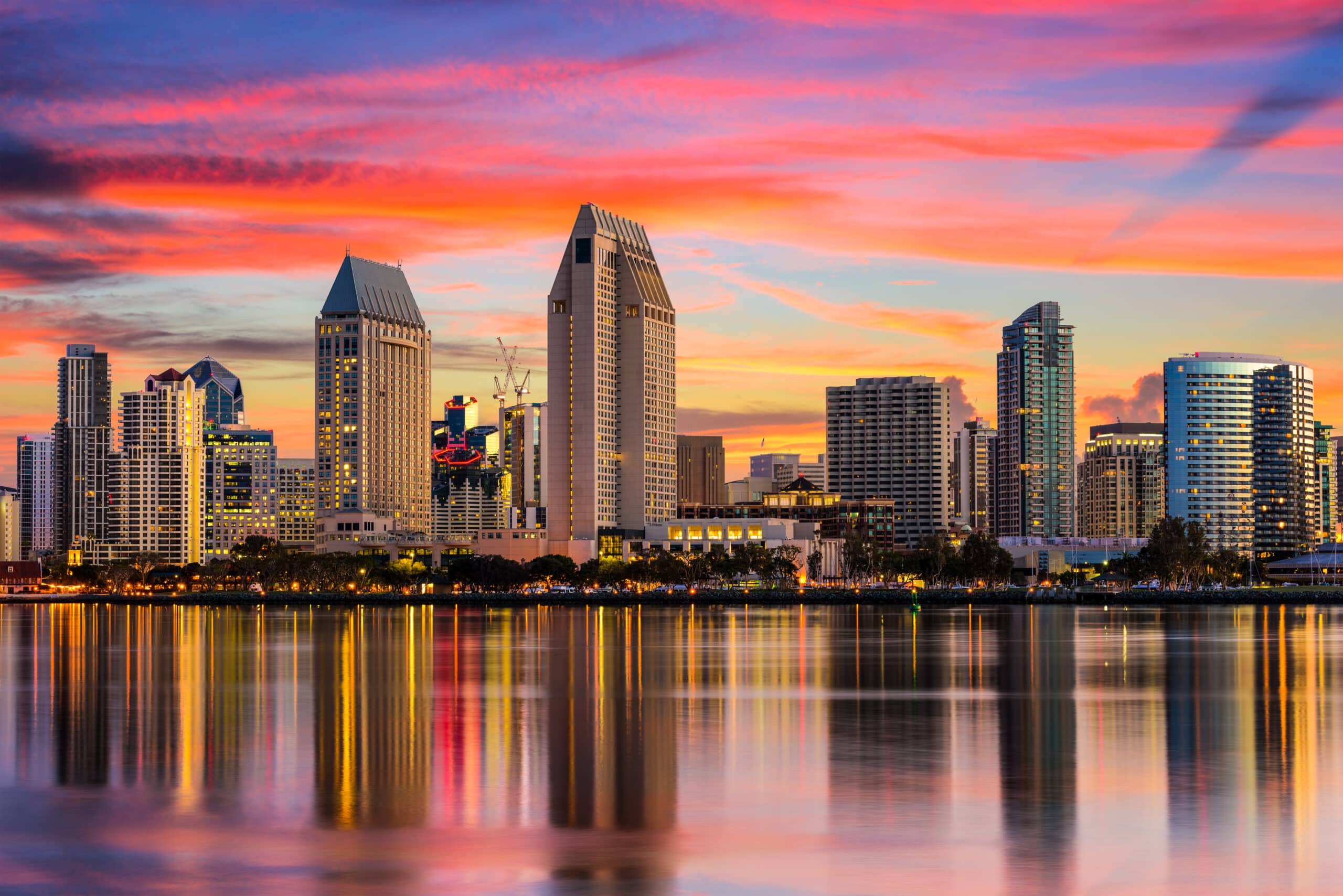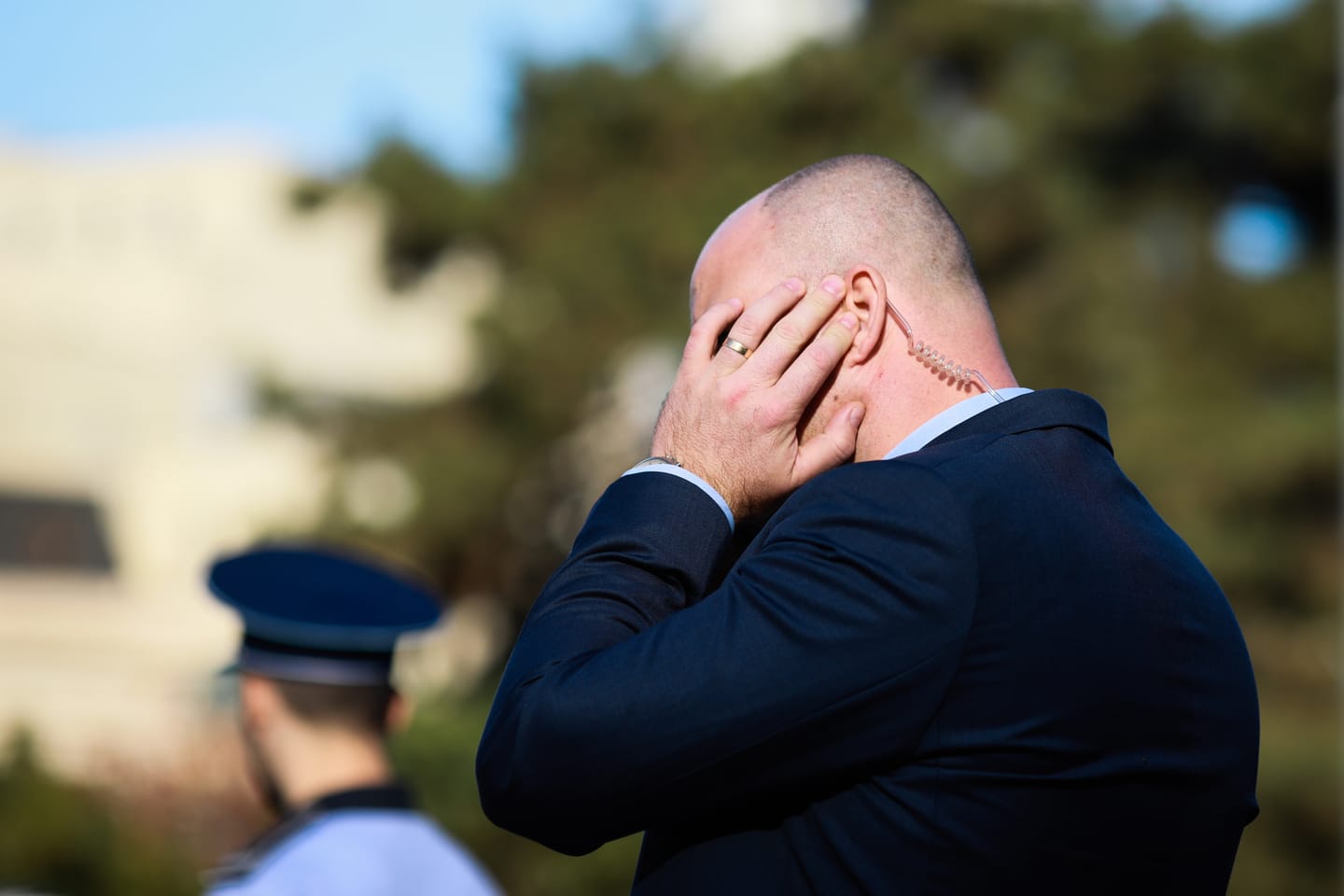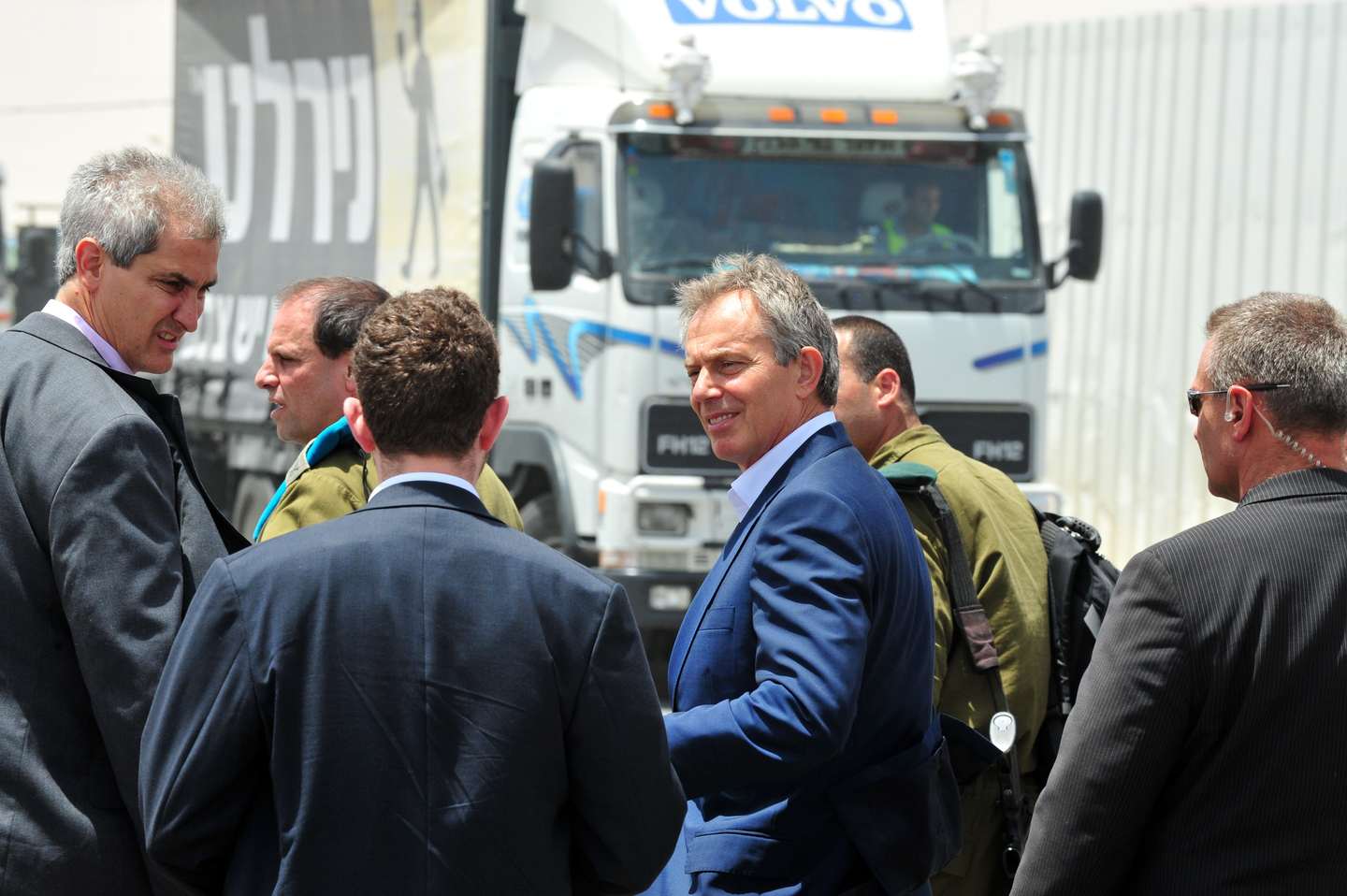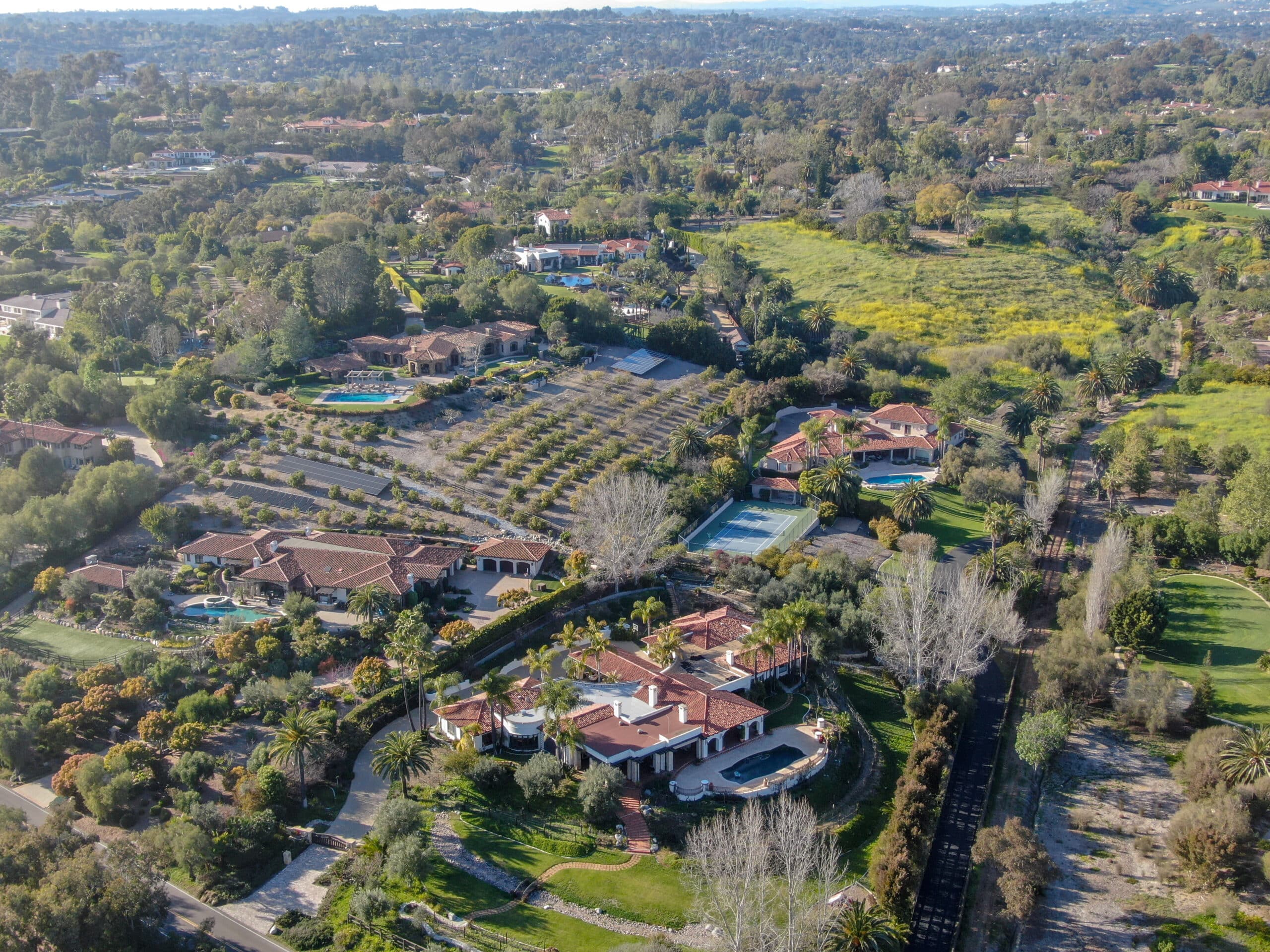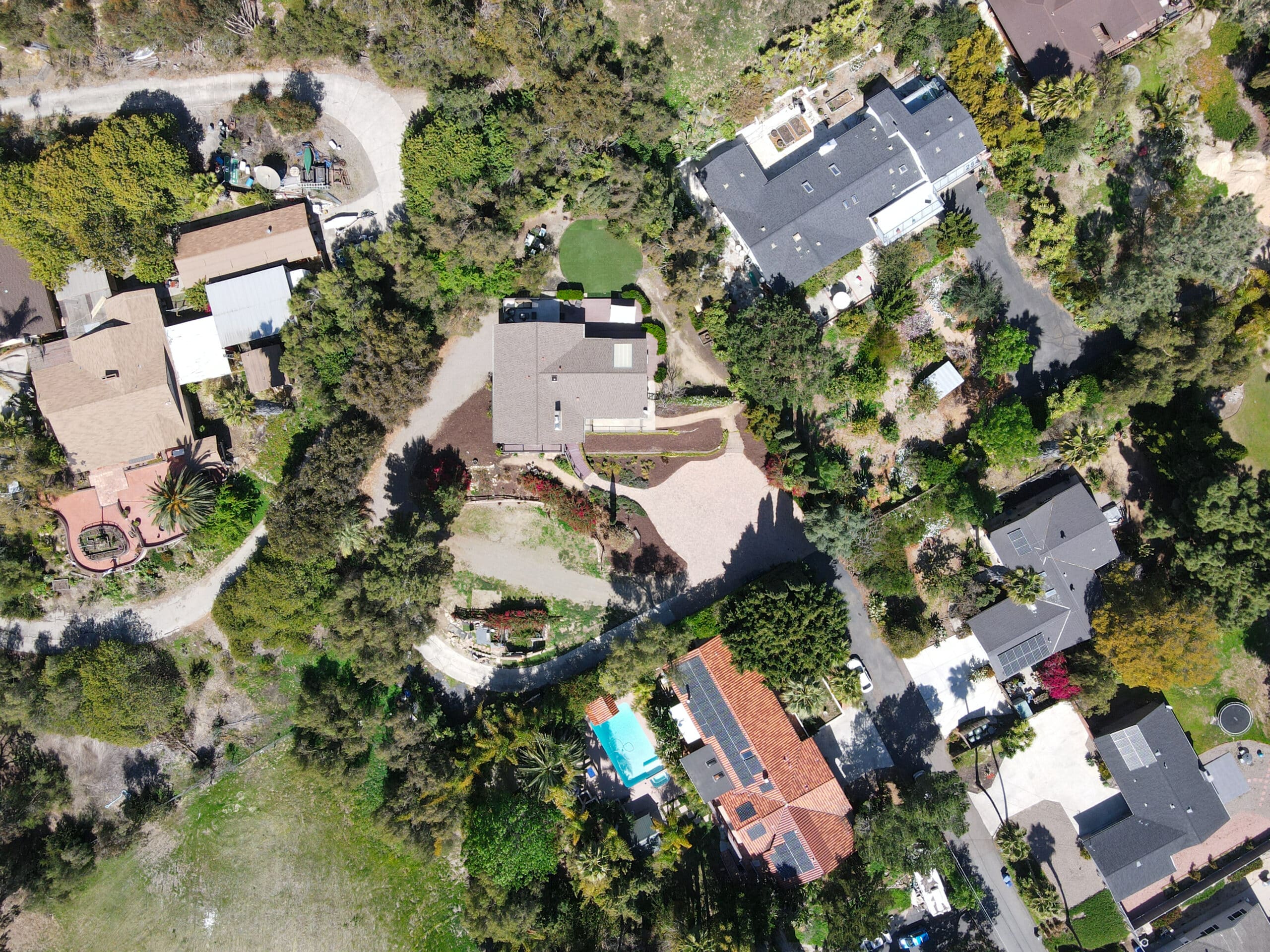Estimated reading time: 7 minutes
Ensuring VIP protection is critical and challenging in the bustling city of San Diego, known for its vibrant, high-profile events. This article delves into the multifaceted world of security strategies and best practices for safeguarding VIPs during such prominent gatherings. The article comprehensively covers the myriad aspects of VIP protection, from advanced surveillance and reconnaissance techniques to sophisticated cybersecurity measures. It underscores the importance of thorough risk assessment, effective coordination with local authorities, and deploying state-of-the-art technology. Moreover, it highlights the significance of specialized training for security personnel, strategic transportation security, and the necessity of a robust emergency response framework. As San Diego continues to host significant events attracting global attention, the insights provided in this article are invaluable for security professionals and event organizers aiming to maintain a safe and secure environment for their esteemed guests.
Table of contents
- Understanding the San Diego High-Profile Event Landscape
- Advanced Surveillance and Reconnaissance Techniques
- Transportation Security for VIPs
- Close Protection Strategies
- Emergency Response and Crisis Management
- Cybersecurity and Digital Protection
- Advanced Security Technologies and Innovations
- Training and Continuous Professional Development
- Conclusion
Understanding the San Diego High-Profile Event Landscape
Assessing Potential Risks and Threats
San Diego, known for its high-profile events, requires a meticulous assessment of potential risks and threats. This assessment must encompass a thorough understanding of the event’s nature, the VIP’s profile, and the specificities of San Diego’s social and political climate. Security teams must evaluate historical data on similar events, assess current global and local threat levels, and understand the intricate dynamics of San Diego’s diverse environment. This comprehensive risk analysis forms the foundation for developing robust security protocols.
Coordination with Local Authorities and Venues
Effective VIP protection at San Diego events hinges on seamless coordination with local law enforcement and venue management. Establishing strong communication channels ensures that security teams are aware of and can quickly respond to any broader security issues that may arise. Liaising with local authorities aids in accessing valuable resources like traffic control, emergency services, and area surveillance. Collaboration with venue managers is crucial for understanding the specific security challenges of each location, including entry and exit points, crowd control, and emergency procedures.
Advanced Surveillance and Reconnaissance Techniques
Implementing State-of-the-Art Surveillance Technology
Utilizing advanced surveillance technology is critical in San Diego’s dynamic event landscape. This includes deploying high-definition cameras, facial recognition software, and aerial drones to monitor crowds and identify potential threats. Real-time data analysis tools can process vast amounts of information quickly, enabling security teams to detect anomalies and respond promptly. Embracing technological advancements in surveillance enhances security and provides a psychological deterrent to potential threats.
Reconnaissance and Intelligence Gathering
Reconnaissance and intelligence gathering before and during the event are vital components of VIP protection. This involves undercover agents mingling with crowds, electronic communications surveillance, and liaising with intelligence agencies. The aim is to gather as much information as possible about potential threats, including suspicious activities and identified risk individuals. This proactive approach allows for anticipating and neutralizing threats before they materialize.
Transportation Security for VIPs
Secure Transport and Route Planning
Transportation security is a critical aspect of VIP protection in San Diego. This includes selecting secure, armored vehicles, strategic route planning, and contingency routing. Security teams must conduct thorough reconnaissance of planned routes, identifying potential choke points, alternative routes, and safe havens. Decoy vehicles and unpredictable travel patterns can significantly reduce the risk of targeted attacks during transit.
Coordination with Local Traffic and Airspace Control
Effective transportation security also involves coordination with local traffic control and airspace management. This ensures minimal disruption and maximum security during VIP movement. Security teams should work closely with traffic authorities to manage road closures, control traffic lights, and monitor traffic flow. For aerial transportation, liaising with local airspace control is crucial for secure take-offs, landings, and in-flight routes, especially in densely populated urban areas like San Diego.
Close Protection Strategies
Advanced Bodyguard Training and Protocols
Close protection agents, or bodyguards, play a pivotal role in VIP security at San Diego events. These agents must be trained beyond standard protection protocols and skilled in advanced combat, surveillance detection, and emergency medical response. Their training should also include specific strategies for handling large crowds, media interactions, and potential aggressive encounters. Close protection teams must operate with visibility and discretion, providing an overt security presence while not impeding the VIP’s engagement with the event.
Behavioral Analysis and Crowd Management
In addition to physical protection, close protection teams must be adept in behavioral analysis and crowd management techniques. Understanding crowd dynamics and identifying potential threats through behavior can preemptively mitigate risks. Agents should be trained to spot unusual behavior, manage crowd surges, and execute evacuation protocols if necessary. This aspect of VIP protection requires a nuanced understanding of human behavior and crowd psychology, particularly in the diverse and vibrant context of San Diego events.
Emergency Response and Crisis Management

Rapid Response Teams and Protocols
Preparation for any emergency is a cornerstone of VIP protection. Rapid response teams must be on standby, equipped with the necessary tools and training to handle various crises. This includes potential medical emergencies, attacks, or unexpected large-scale disturbances. These teams should have predefined protocols for swift action, ensuring that any threat to the VIP is immediately neutralized and that the VIP is quickly moved to a secure location.
Coordinating with Emergency Services
Effective crisis management also requires coordination with local emergency services. This includes predefined communication channels and protocols for joint response with police, fire, and medical services. In a crisis, a coordinated effort with these services ensures a comprehensive response, minimizing risk to the VIP and the general public. Establishing relationships with local emergency responders can significantly enhance the efficiency and effectiveness of the response.
Cybersecurity and Digital Protection
Securing Communication and Data
In the digital age, protecting the VIP’s electronic communications and personal data is as crucial as physical security. This involves using encrypted communication channels, securing personal devices against hacking, and monitoring for cyber threats. Cybersecurity measures must be rigorously maintained to prevent data breaches, which could compromise the VIP’s safety or privacy. Regular audits and updates of cybersecurity protocols are necessary to stay ahead of evolving digital threats.
Social Media Monitoring and Management
Social media plays a significant role in modern VIP protection, especially during high-profile events in San Diego. Monitoring social media can provide real-time insights into public sentiment, potential threats, and specific mentions of the VIP. It also involves managing the VIP’s digital footprint, controlling what information is shared publicly, and how it is perceived. Strategic use of social media can enhance security, but it requires careful balancing to respect privacy and freedom of expression.
Advanced Security Technologies and Innovations
Leveraging Cutting-Edge Equipment and Tools
Advancements in technology offer new opportunities for enhancing VIP protection. This includes biometric identification systems, advanced non-lethal weaponry, and intelligent wearable devices for monitoring vital signs and locations. Security teams should continuously explore and integrate emerging technologies to maintain a competitive edge in VIP protection. This requires balancing and embracing innovation and ensuring reliability and practicality in high-stress environments.
Research and Development in Security Strategies
Ongoing research and development are essential for staying ahead in VIP protection. This involves keeping abreast of technological advancements and developing new strategies and protocols. Collaborating with security experts, law enforcement, and private sector innovators can lead to groundbreaking approaches to VIP safety. Regular training and simulation exercises based on the latest research ensure that security teams are prepared for any scenario.
Training and Continuous Professional Development
Specialized Training Programs for Security Personnel
Continuous training and professional development are crucial for security personnel responsible for VIP protection in San Diego. This training should be specialized, focusing on advanced combat techniques, surveillance methods, emergency response, and the latest security technologies. Regular drills and simulations should be conducted to keep skills sharp and ensure readiness for any situation. This training must be rigorous and ongoing to adapt to the evolving nature of threats and security challenges.
Collaborative Exercises and Interagency Training
Collaborative training exercises with other security agencies and law enforcement provide valuable opportunities for learning and coordination. These joint exercises can simulate complex scenarios that may arise during high-profile events, allowing for a shared understanding of roles and protocols. Interagency training fosters a cohesive security approach, essential for managing the multifaceted challenges of VIP protection in a dynamic environment like San Diego.
Conclusion
In conclusion, protecting VIPs at high-profile events in San Diego demands a multifaceted and dynamic approach. As we have explored, this involves meticulous risk assessment, advanced surveillance techniques, strategic coordination with local authorities, and the deployment of cutting-edge technology. The significance of specialized training for security personnel and robust emergency response protocols cannot be overstated. Each aspect, from transportation security to cybersecurity, is pivotal in creating a comprehensive protection strategy. By embracing continuous innovation and fostering collaborative efforts among various agencies, San Diego can ensure the safety and security of VIPs at its events. This not only upholds the city’s reputation as a premier event destination but also sets a standard for VIP protection in dynamic urban environments. As threats evolve, so must our strategies and practices, ensuring that VIP protection remains a top priority and an exemplar of security excellence.

